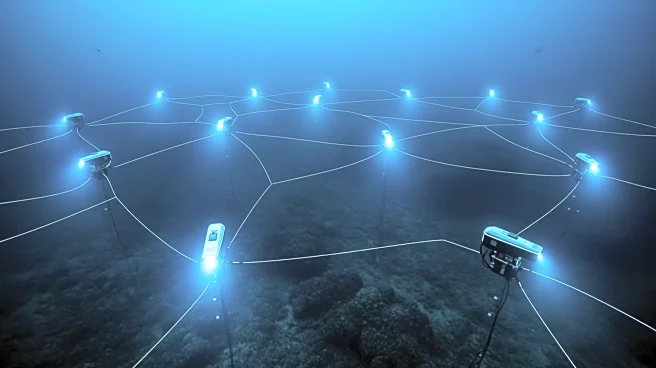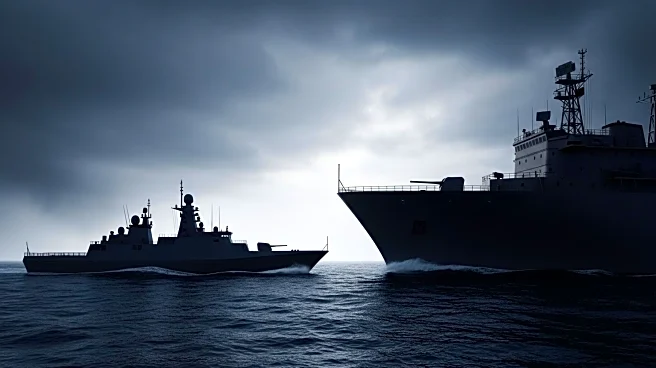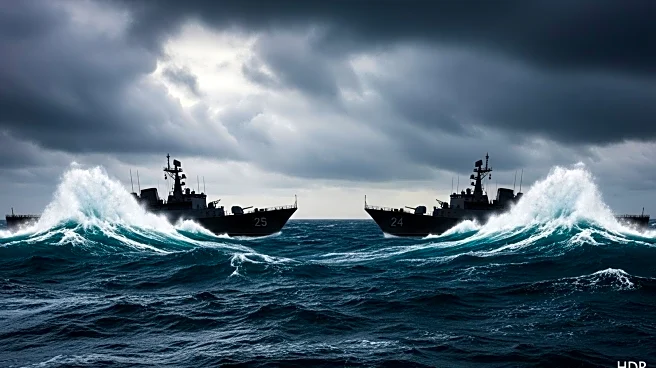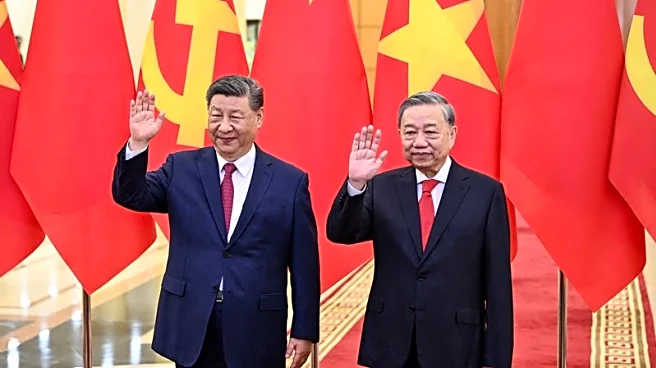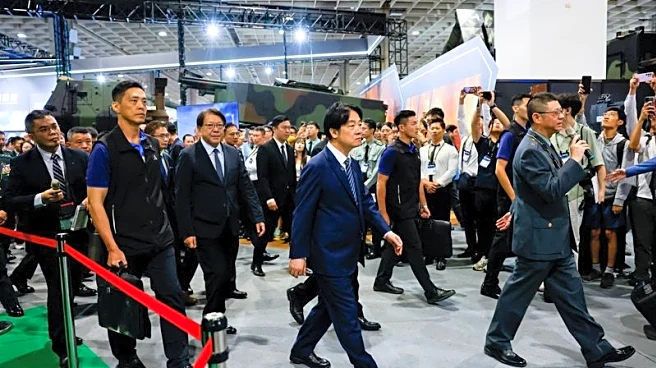What's Happening?
China is developing a comprehensive undersea sensor network known as the Transparent Ocean strategy, aimed at enhancing its ability to track submarines across the western Pacific. This network consists
of a five-layer architecture spanning from seabed to space, designed to provide real-time tracking and situational awareness. The system includes satellite constellations, smart buoys, autonomous underwater vehicles, and seabed observatories, all interconnected to form a resilient mesh network. This development poses a significant challenge to U.S. and allied submarines, potentially limiting their ability to maneuver undetected in key strategic areas such as the South China Sea and waters around Taiwan.
Why It's Important?
The expansion of China's undersea sensor network could significantly impact U.S. military operations in the Pacific region. By reducing the ability of submarines to operate covertly, this development may alter strategic calculations and necessitate new tactics and technologies for counter-sensing and counter-UUV operations. The U.S. and its allies may need to invest in deception and jamming technologies, as well as develop more resilient communication systems to counteract China's advancements. This situation underscores the growing importance of technological superiority in modern military strategy and the need for international collaboration to address emerging threats.
What's Next?
The U.S. and its allies are likely to respond by enhancing their own sensor networks and developing new tactics to counter China's advancements. This may include joint exercises and technology sharing to improve interoperability and resilience against China's sensor web. Additionally, diplomatic efforts may be intensified to address the broader implications of China's military expansion in the region. The situation could lead to increased tensions and a potential arms race in undersea warfare capabilities.
Beyond the Headlines
China's development of the Transparent Ocean strategy reflects its broader civil-military fusion efforts, integrating civilian technology advancements into military applications. This approach highlights the strategic importance of technological innovation and the potential for dual-use technologies to reshape military capabilities. The long-term implications may include shifts in global power dynamics and the need for new international norms governing the use of advanced sensor networks.
